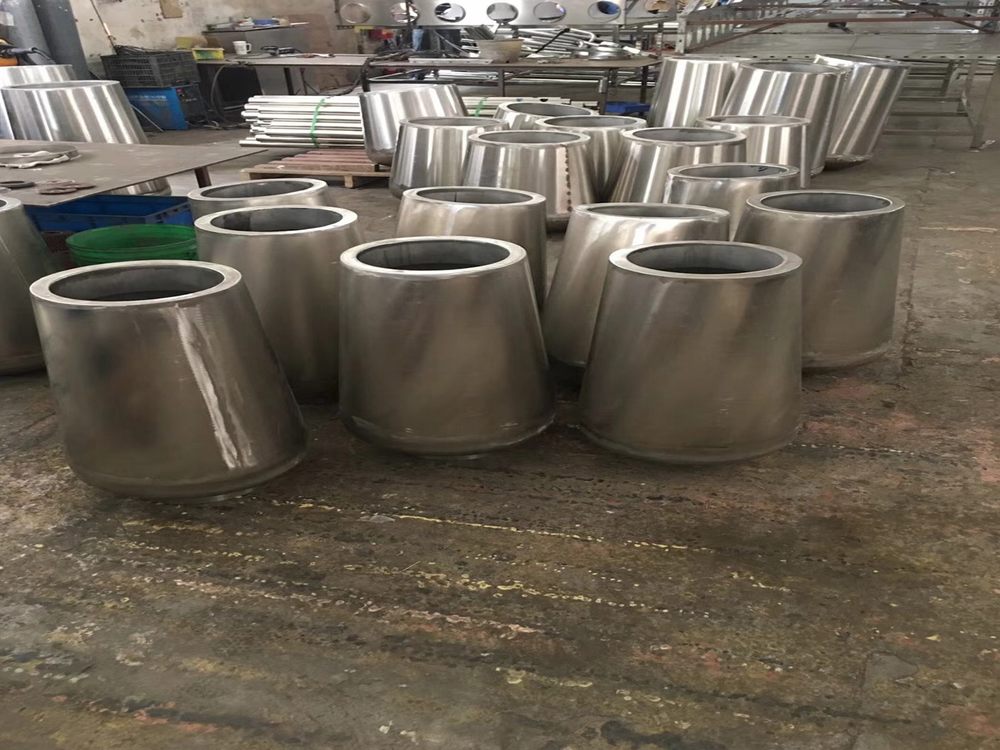
Creating translucent effects in thick porcelain sections requires a sophisticated combination of material science and artistic technique. Artists begin by selecting specially formulated porcelain clay bodies with high kaolin content and minimal impurities. The key lies in achieving uniform density throughout the material while maintaining sufficient thinness in strategic areas to allow light penetration.
Several specialized methods enable this delicate balance:
1. Layered Construction: Artists build up thin sheets of porcelain in overlapping layers, carefully controlling thickness variations. Each layer undergoes meticulous compression to eliminate air pockets while maintaining structural integrity.
2. Controlled Firing: The firing schedule becomes crucial, with precise temperature ramps between 1200-1400°C. Extended soaking periods at specific temperatures promote vitrification without complete opacity, creating the ideal crystalline structure for light transmission.
3. Strategic Carving: After initial firing, artists may carve away material from the interior surfaces, leaving precisely calculated thicknesses that diffuse light beautifully while maintaining structural strength.
4. Optical Engineering: Some contemporary artists incorporate refractive materials or embedded optical fibers within the porcelain matrix to enhance and direct the light effects.
The magic of translucent porcelain lies in its ability to capture and transform light. When properly executed, thick sections can glow with an ethereal quality, appearing simultaneously solid and luminous. This effect depends on the porcelain's unique capacity to scatter light through its microscopic crystal structure while maintaining enough transparency to create depth and dimension.
Advanced practitioners often combine these techniques with innovative lighting solutions, using LED arrays or natural light positioning to maximize the translucent properties. The result transforms static ceramic forms into dynamic light sculptures that change appearance throughout the day or under different viewing conditions.

